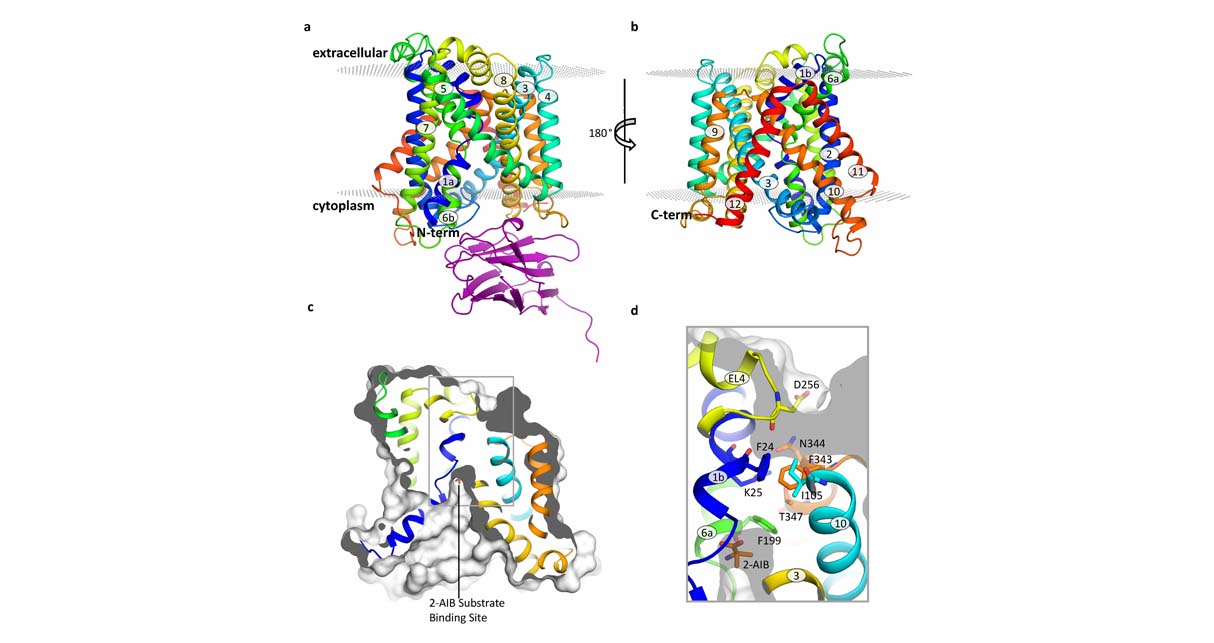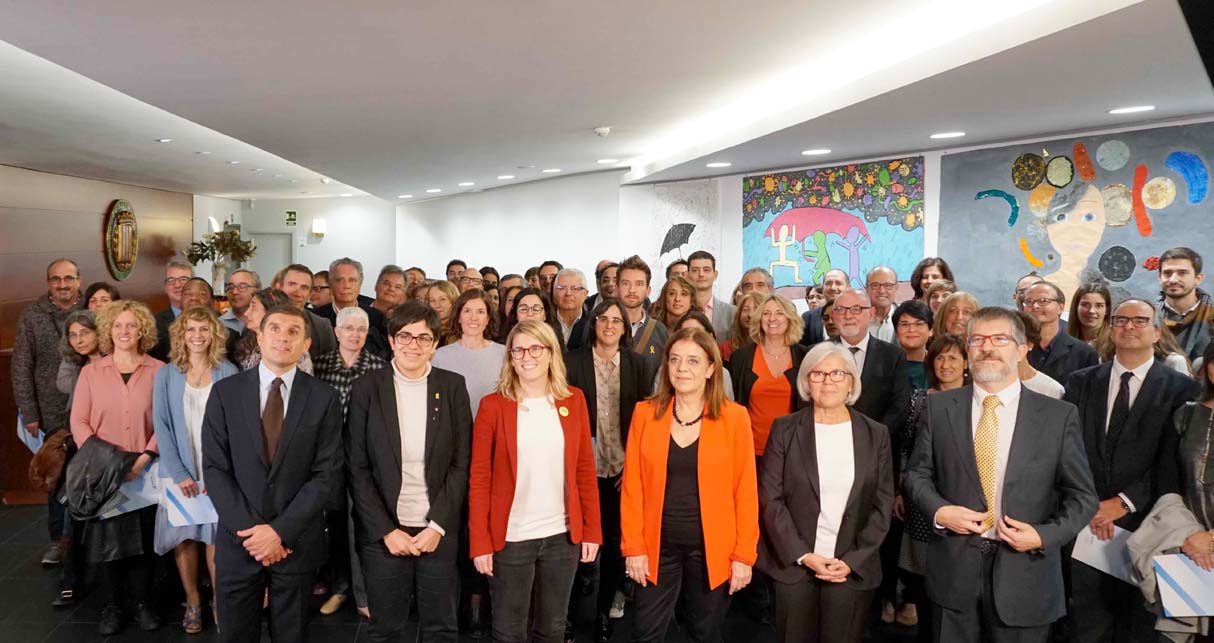Oferta de contracte per realitzar la substitució del làser d'un microscopi LSM70/Axio Observer. Ha d'incloure…
INPhINIT 2018 I. Usón Position
ALEPH: A method to compute local fold and explore folding and function in macromolecular structure
INPhINIT, the new PhD programme from “La Caixa” Foundation, opens today the call to recruit 57 early-stage researchers to the top Spanish centres and units of research. The Structural Biology Unit, as a María de Maeztu unit of excellence, offers four PhD positions in structural biology cutting-edge research projects.
The aim of this programme is to support the talented young researchers and to foster the innovative and high-quality Spanish research. The researchers will enjoy a 3-year contract in a research centre among those awarded by the Spanish Ministry of Economy and Competitiveness (“Severo Ochoa” centres of excellence and “Maria de Maeztu” units of excellence) and the Spanish Ministry of Health (“Carlos III centres of excellence”) that offer a competitive environment to develop a research of excellence.
Research project/research group description
Macromolecular crystallography provides conclusive structural information down to atomic detail and has been inextricable from major advances in the natural sciences. Our group has developed structural methods to exploit the stereochemical knowledge present in small, yet very accurate, structural units such as secondary structure fragments and their association into local folds. Their use to solve the central problem of crystallography, the phase problem, is implemented in our software ARCIMBOLDO (1). This has required developing our own particular toolbox for the very detailed view required in phasing, which now we are extending to the solution of other problems. In particular, structure interpretation.
Predicting protein folding from the aminoacid sequence remains one of the missing holy grails of biology. After five decades of protein crystallography, we have achieved the three-dimensional characterization of over 130.000 macromolecular structures. Structure has shed unique insight into manyfold biological questions, but despite the wealth of information gathered in the PDB database, our understanding of its essence is insufficient: we usually get an insight into the relation between the function and the geometry for a small part of the structure, regarding active or binding sites, etc… and as for understanding folding itself, our success in de novo prediction is very limited and at best uncertain.
In the field of crystallographic ab initio phasing (2,3) we have developed within our program ARCIMBOLDO a successful algorithm for the extraction of tertiary structure constraints from all the structures in the PDB. It is based on the geometrical expression of polypeptide conformation through characteristic vectors, affording detailed and customizable analysis of mainchain geometry and of the spatial relationship among structural elements.
Characteristic vectors (4) and supercomputing will be the base of our particular Aleph, to explore local folds of non-contiguous protein fragments with a customizable level of detail and through them reconstitute the whole fold so as to simultaneously apprehend a detailed and an overall view. We want to probe our new algorithm to explore, through local fold, the problems of folding, functional interactions and lattice formation.
1.-Rodríguez, D. D., Grosse, C., Himmel, S., González, C., de Ilarduya, I. M., Becker, S., Sheldrick, G. M. & Usón, I. “Crystallographic ab initio protein structure solution below atomic resolution”. Nat. Methods 6, 651-653 (2009).
2.- Qian B, Raman S, Das R, Bradley P, McCoy AJ, Read RJ & Baker D (2007). High-resolution structure prediction and the crystallographic phase problem. Nature 450, 259-64.
3-. Sheldrick GM, Gilmore C, Hauptman HA, Weeks CM, Miller R, Usón I. (2011) Ab Initio phasing in Volume F. Crystallography of biological macromolecules”. Eds Arnold E, Himmel DM, Rossman MG. Dordrecht: Kluwer Academic Publishers, 413-32.
4-. Sammito M, Millán C, Rodríguez DD, de Ilarduya IM, Meindl K, De Marino I, Petrillo G, Buey RM, de Pereda JM, Zeth K, Sheldrick GM & Usón I. (2013) Exploiting tertiary structure through local folds for crystallographic phasing. Nature Methods 10, 1099-101.
Job position description
The aim of the project is to develop and test our algorithms to relate precise local structure and functional properties, interactively as well as within a data mining analysis powered by a machine learning procedure. Our software is distributed worldwide within major crystallographic software suites SBGrid and CCP4. The candidate is expected to program in python, have an interest in structural biology and the flexibility to conduct research in a highly interdisciplinary environment.
For more information about the call, visit INPhINIT website
Deadline: 01/02/2018
This project has received funding from the European Union’s Horizon 2020 research and innovation programme under the Marie Sklowdowska-Curie grant agreement No. 713673


